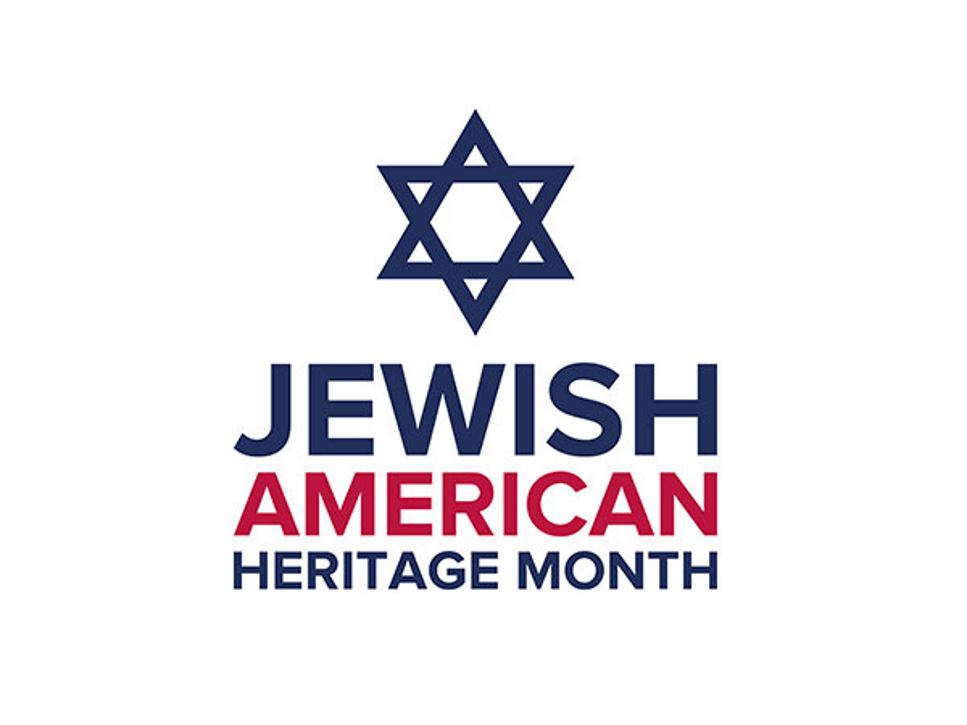Each May since 2006, Americans have celebrated Jewish American Heritage Month in recognition of the more than 350-year history of Jewish contributions. President George W. Bush proclaimed May to be Jewish American Heritage Month after unanimously passing in both the House of Representatives and the Senate.
The American Jewish community has helped shape American culture with influences in politics, entertainment, arts, philanthropy, education, food, commerce and more. As of 2020, an estimated 7.6 million Jews live in the United States, which is 2.4% of the population; according to the American Jewish Population Project, just under half live in three states: New York, California and Florida.
While Judaism is a religion, 1.2 million Jewish adults identify as having no religion, according to the AJPP's report. Non-religious Jews identify with the culture including the food, language, holiday observances and traditions, plus the shared history of the Jewish people. In traditional Jewish law, anyone whose biological mother was a Jew or anyone who has gone through a formal conversion to Judaism is considered a Jew.
During May and throughout the year, celebrate Jewish Americans by learning more about the holidays, culture and food traditions of Jewish people.
Celebrated Holidays
The Jewish calendar follows a lunar calendar, where months are based on the number of days it takes the moon to go through all its phases — new moon to full and back to new. A lunar month is approximately 29.5 days. The Gregorian calendar, which is followed across much of the world, is a solar calendar based on the number of days it takes the Earth to orbit completely around the sun. To stay in sync with the seasons, the Jewish calendar adds a leap month every couple of years. Additionally, holidays start at sundown on the night before it appears on most American calendars.
Rosh Hashanah, the Jewish New Year, typically falls in September and is very important to Jews. Ten days later is the very solemn day, Yom Kippur. This is the day of atonement, when religious Jews fast and repent from sundown to sundown. Often Jews break their fast with a meal shared with friends and family shortly after the sun sets.
Another important holiday in the Jewish calendar is Sukkot, the week-long "festival of booths" that commemorates the Biblical period of wandering in the desert. Jews celebrate by building a temporary shelter called a sukkah and sharing meals with friends and family inside of it.
Passover, which occurs in the spring, is next in the calendar. This celebration lasts for a week and commemorates the Jews' Exodus from Egypt. The Passover meal is called a seder, which means "order." During seder, various foods are eaten in sequence, or order, as described in a book called the Haggadah, which tells the story of the Exodus and serves as a script to the seder.
Chanukah (also spelled Hanukkah), an eight-day holiday celebrated in the winter around the same time as Christmas, is also known as the "Festival of Lights" in honor of the rededication of the Temple in Jerusalem.
Food and the Meaning of Kosher
In everyday slang, kosher means "allowed." If something is kosher, it's OK. The word "kosher" comes from the Hebrew word kasher, which means "fit." A food that's fit to be eaten by a Jew, as described in the Hebrew Bible, is kosher. Such a food must be prepared and eaten in specific ways. For example, the animals from which the food comes must have been raised and slaughtered humanely, and meat and dairy cannot be eaten together. Today's understanding of the latter rule is that eating both the animal and its mother's milk is insulting to the animal.
Jews that closely observe kosher guidelines have separate dishes and cooking utensils for meat and dairy products. Other rules may be followed for reasons related to cleanliness. For example, a Jew who follows kosher eating laws would not eat shrimp or other shellfish because they are "bottom-crawlers" and are believed to be "unclean." Similarly, pork is not allowed because it was once deemed "unclean."
Like the foods of other cultures, traditional Jewish foods may vary by geographical region. Traditional Jewish foods in Germany, France and Eastern Europe might include bagels, lox, dill pickles and chicken soup. In the Middle East, Spain, Portugal or Africa, a different set of traditional foods may be served, including stuffed eggplant and other vegetables, pickled vegetables, lamb, nuts, falafel, chickpeas, olives and stuffed grape leaves.
As with many cultures, some Jewish foods might seem similar to other foods. For example, blintzes are filled pancakes similar to crepes. Kreplach are small dumplings, similar to a pierogi or wonton, and a knish is similar to a hand-pie or larger dumpling, not unlike an empanada.
Learn more about Jewish culture with these resources:
- Academy of Nutrition and Dietetics Religion Member Interest Group
- American Jewish Population Project
- Anti-Defamation League
- Jewish American Heritage Month
- Jewish Americans in 2020
- Jewish Food Society
- Judaism 101
- The Kosher Primer
Note: This list is not all-inclusive. The Academy of Nutrition and Dietetics has not participated in the development of the sites listed and does not exert any editorial or other control over the sites or content.
Find a Nutrition Expert
Looking for credible nutrition information and recommendations? The Academy of Nutrition and Dietetics' network of credentialed food and nutrition practitioners are ready to help!

